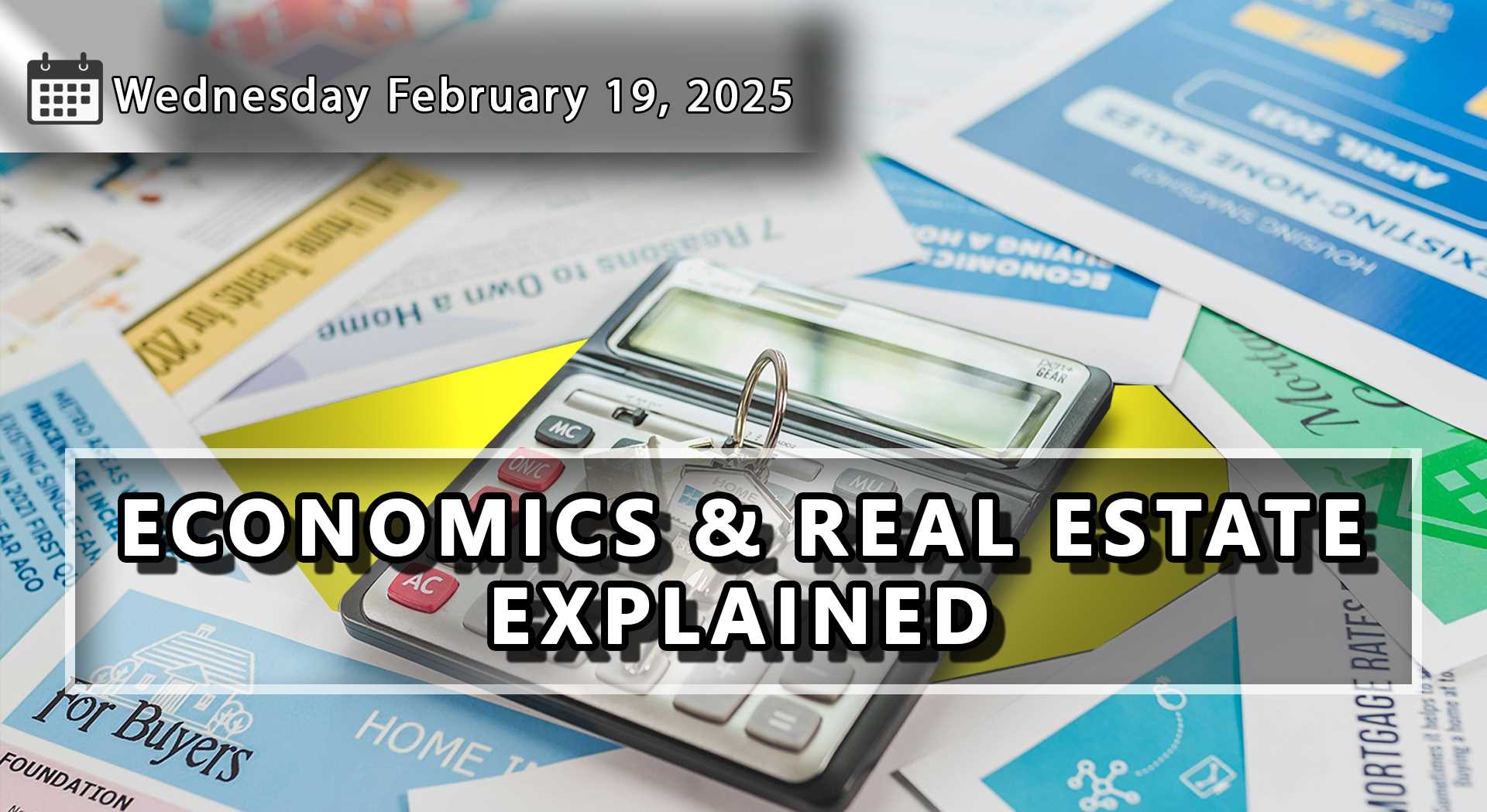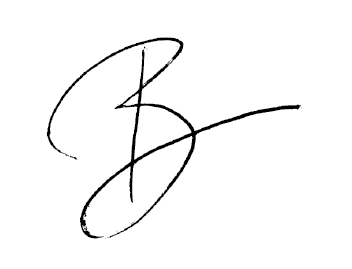History of Economics: To Better Understand Real Estate You Need To Know Today’s Money System - Part One
Wednesday, February 19, 2025


To really understand the economy, and the history of economics, you need to spend time learning about monetary policy, otherwise, everything ends up being “noise” with no real value to you.
Canada didn’t always use the “Canadian Dollar” as its currency. In fact, as recently as the early 1900’s the Canadian Imperial Bank of Commerce (CIBC) and the Royal Bank of Canada (RBC) were issuing their own receipts on deposits that were used as this country’s currency.
Let’s go back in time and reveal how the monetary system, the “money game”, has evolved.

The Classical Gold Standard 1871 to 1914
From approximately 1870 to 1913 most of the industrialized world was using the “classical gold standard.” This meant that most of the world’s currencies were pegged to a specific value of gold. For example, one dinar may have been worth 1/16 ounce of gold, or one dollar may have been worth 1/8 ounce of gold.
Because each currency had a set value they were, in effect, also pegged in value to each other. This made it very easy for businesses to trade with each other and more importantly, it made it extremely easy to project and plan into the future. For example, if a business was going to open up a new location in another country, they knew exactly how much it would cost. They didn’t have to worry about that country’s currency losing value and destroying the value of the business. Everyone always knew what the exchange rate between currencies would be.
This also meant that during this time there was no inflation. There were definitely ups and downs in different asset classes, but the gold standard always made sure things levelled off over short periods of time.
This concept confuses most economists but here’s how this worked:
1. Countries that boomed imported goods.
2. They paid for these goods with gold, so gold left the country.
3. This deflated the money supply and slowed the boom (slowed the economy).
4. This then made demand decline for goods and prices fell.
5. With lower prices the country was then attractive to foreign investment and gold flowed back into the country expanding the economy.
Many economists (professionals in the history of economics) argue that this system couldn’t work today because there isn’t enough gold to go around. From all of our research, a simple percentage gold allocation would get everyone back to honest money again. There’s no need for every dollar to be backed by an entire ounce of gold, a small fraction would do the trick.
1913 to 1944 U.S. Federal Reserve
In 1907 there was a large banking and stock market panic in the U.S. A group of the richest men in the world convinced the government to approve the creation of the Federal Reserve. It was, and still remains, accountable to no one, and has no audit and no direct government supervision. It’s a completely private bank that happens to use the word “Federal” to make it seem like a government entity.
Since the Federal Reserve began, all the currency of the U.S.A. was borrowed into existence from the Federal Reserve, and it’s owed back to the Federal Reserve with interest. Loans are made to the U.S. government, which begins using the money and depositing it into banks. Banks are then allowed to use “fractional reserve banking”, which means that they are allowed to lend out more money than they have on deposit at a set ratio. If the Federal Reserve sets the ratio at 9:1, then the bank can lend out $9,000 for every $1,000 it has in deposits. They literally “make up” the extra $8,000 out of thin air and lend it out, making interest on money which they never had.
Canada took a little longer to follow this system, but around 1934 (in the history of economics), as best as our research can tell, the Bank of Canada came into existence, and we’ve been using the same system here in Canada since that time.
Stay tuned for next week when we bring you up to modern day and how the Canadian economy has evolved!
Are you a buyer looking to buy an investment property, or are you a first-time buyer or move-up buyer or a buyer wanting to downsize…
or
Are you a homeowner trying to decide whether now is a good time to sell…
… then please give me a call and I’ll answer any and all of your questions.
You can reach me at 905-683-7800.
Thanks For Reading Today’s BLOG!
Brian Kondo
Sales Representative / Team Leader
The Brian Kondo Real Estate Team
Re/Max Hallmark First Group Realty Ltd.
905-683-7800 office
905-426-7484 direct
brian@briankondo.com
www.BrianKondo.com
www.BrianKondoTeam.com
Homesellers - Find Out What Homes in Your Neighbourhood are Selling For! You can receive a FREE computerized printout of ALL recent Home Sales and Current Listings in your neighbourhood. Click here!
Best Buy Hotlist - You can receive a FREE list of the 10 Best Buys in your
specific price range sent to you at No COST or OBLIGATION.
Click here!
Your Home Sold Guaranteed or I'll Buy It!* No Gimmicks! For a Free Special Report that Details my Guaranteed Sale Program, visit: www.BriansGuaranteedSaleProgram.com.
Remember, your referrals change lives! We donate a portion of our income on every home sale to a great worthy cause like SickKids Hospital. To find out more visit: www.ReferForSickKids.com.
If you or anyone you know is considering making a move in the next little while, give me a call or pass on my number ... 905-683-7800 (Office) or 905-426-7484 (Direct).
#EconomicsRealEstate #RealEstateEconomics #CanadianDollar #RealEstateValue #CanadianDollarValue #CIBC #CanadianImperialBank #BankOfCommerce #RoyalBank #GoldStandard





